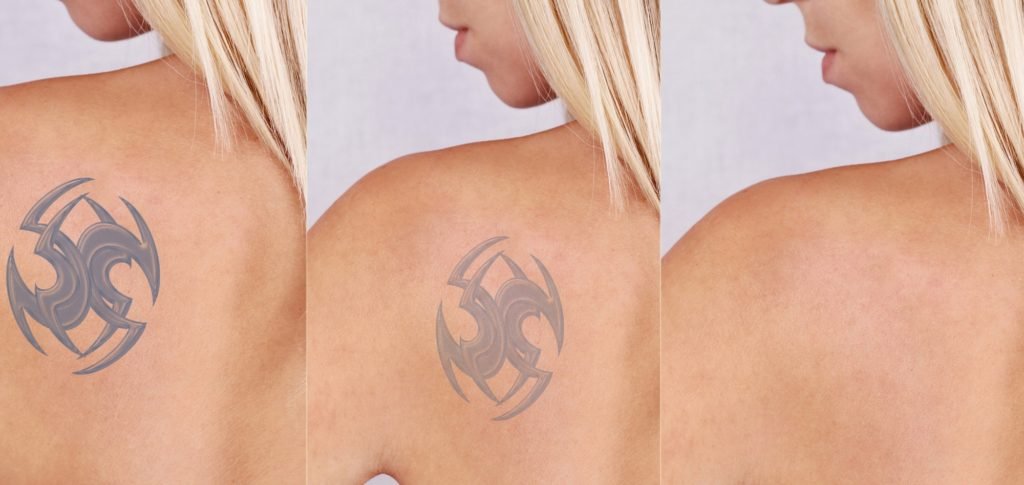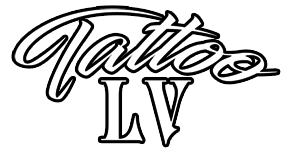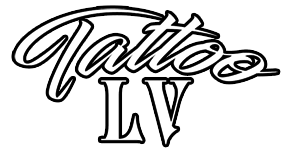3 Popular and Effective Tattoo Removal Options
There is always the chance of your wanting to remove the same tattoo you had waited so long to get. There could be various reasons for it like regret, not matching your present image, an infection or allergy, or because you are unhappy with its fading or blurred appearance.
It is possible to remove tattoos through laser surgery, dermabrasion or surgical removal. However, the procedure is complicated and even more expensive than getting a tattoo because the ink has to be removed from under the top skin layer.
This is why you have to consult your dermatologist about the right option, and not try any creams or other tattoo removal home remedies. It only leads to skin irritation and unwanted reactions.

Consult with your dermatologist
Your dermatologist will assess the condition and decide on the best procedure for you. In most cases, its laser surgery, but your doctor will decide based on factors like your skin type, the tattoo size, location and color, your present medications and your medical history. All options are generally performed as an outpatient procedure where the skin is first numbed using local anesthesia.
Laser surgery
In the case of laser surgery, Q-switched lasers release powerful energy pulses to heat and shatter the ink from the numbed skin. Your doctor may have to use various lasers with different wavelengths to remove different colors.
Black and dark colored ink is usually eliminated faster than brighter colors. While the size determines the length of the procedure, a session generally lasts between 30 seconds to 5 minutes.
Some inks respond better to laser treatment than others, and small tattoos are easily removed surgically using a scalpel, which isn’t ideal for large ones. Professional and new tattoos are harder to remove because the ink doesn’t wear off on its own. Amateur and old ones are easier to remove because they lighten faster and are not well-placed under the skin.
There may be some swelling and blistering and even bleeding after the procedure which antibacterial ointment, a cool compress, and soothing gel helps heal. You may require a few sessions to lighten the tattoo, and it may not always be possible to completely remove it. Your dermatologist will advise about specific aftercare instructions to follow.
Surgical removal
The tattoo is removed using a scalpel after numbing the skin, and the skin edges are stitched back together. Antibacterial ointment helps with healing after the procedure. Though surgical removal is most effective; it leaves a scar and is best used only for small tattoos.
Dermabrasion
The area is chilled till numb after which a high-speed rotary device with an abrasive wheel or brush sands the skin down deep. The ink ends up leaching out of the skin, but the area feels sore and raw for at least 10 days. It’s poor outcomes and unpredictably has led to a drop in its popularity.
No matter which option you choose, there is the risk of scars remaining and some skin color variation. The risks are however reduced if it’s performed by a board-certified dermatologist trained in tattoo removal.


